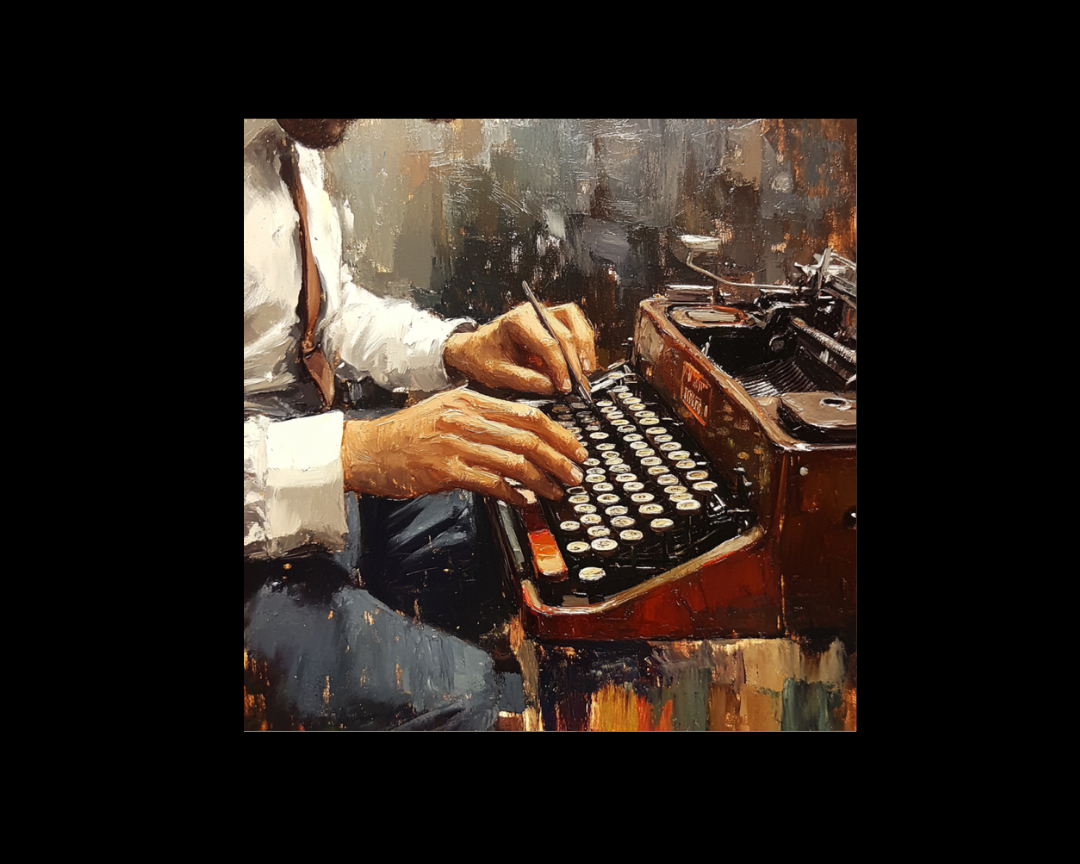Great Novellas and How to Write Them
The novella occupies literature's sweet spot—long enough to develop complex themes yet short enough to sustain perfect tension throughout. Ian McEwan...
-2.png)
When crafting a short story, one of the first questions writers often ask is: How long should it be? The answer depends on your goals, audience, and the platform where you plan to publish. While there are general guidelines, the length of a short story can vary significantly. Let’s explore the typical word counts for short stories, their variations, and how to determine the right length for your work, complete with plenty of examples from famous stories.
A short story generally falls between 1,000 and 7,500 words, though this range can expand or contract depending on specific subcategories or publication requirements.
Flash Fiction: Up to 1,000 words.
Short-Short Stories: 1,000 to 2,000 words.
Traditional Short Stories: 2,000 to 7,500 words.
Novelettes or Long Short Stories: 7,500 to 20,000 words.
This isn't cut and dried, and the variations may be impacted by additional factors. Including these.
Certain genres have typical word count ranges for short stories:
Magazines, anthologies, and competitions often specify word count limits.
The complexity of your story often dictates its length.
As you consider your length, here're some guiding principles.
Ask yourself: What’s the central idea or emotion I want to explore?
Shorter stories can deliver a punch, while longer stories allow readers to immerse themselves more deeply.
Is it going to ruin you if you're under or over? No, but keep a couple things in mind.
If your story feels underdeveloped:
If your story drags:
Example: Anton Chekhov famously advised writers to remove everything that isn’t essential, saying, “Medicine is my lawful wife, and literature my mistress.” His concise stories, like “The Lady with the Dog” (about 6,000 words), exemplify this approach.
If your story’s word count exceeds the short story range, consider whether it might work better as a:
Short stories are defined as much by their brevity as by their ability to evoke emotion, provoke thought, or entertain in a compact space. While the typical range is 1,000 to 7,500 words, flexibility is key. A compelling 900-word flash fiction piece or a 10,000-word long story can be equally effective if it serves the narrative.
Famous examples across genres remind us that the perfect length depends on the story’s demands. So, focus on crafting a complete, engaging narrative—whether it’s a quick spark of brilliance or a lingering exploration of character and theme.

The novella occupies literature's sweet spot—long enough to develop complex themes yet short enough to sustain perfect tension throughout. Ian McEwan...
-2.png)
Audiobooks have exploded in popularity, with demand growing for high-quality, professionally narrated recordings. For authors and narrators looking...
-1.png)
It's not just what we choose to say, but what we choose not to say, that holds immense power. To illustrate this, watch the Mormon Tabernacle Choir...